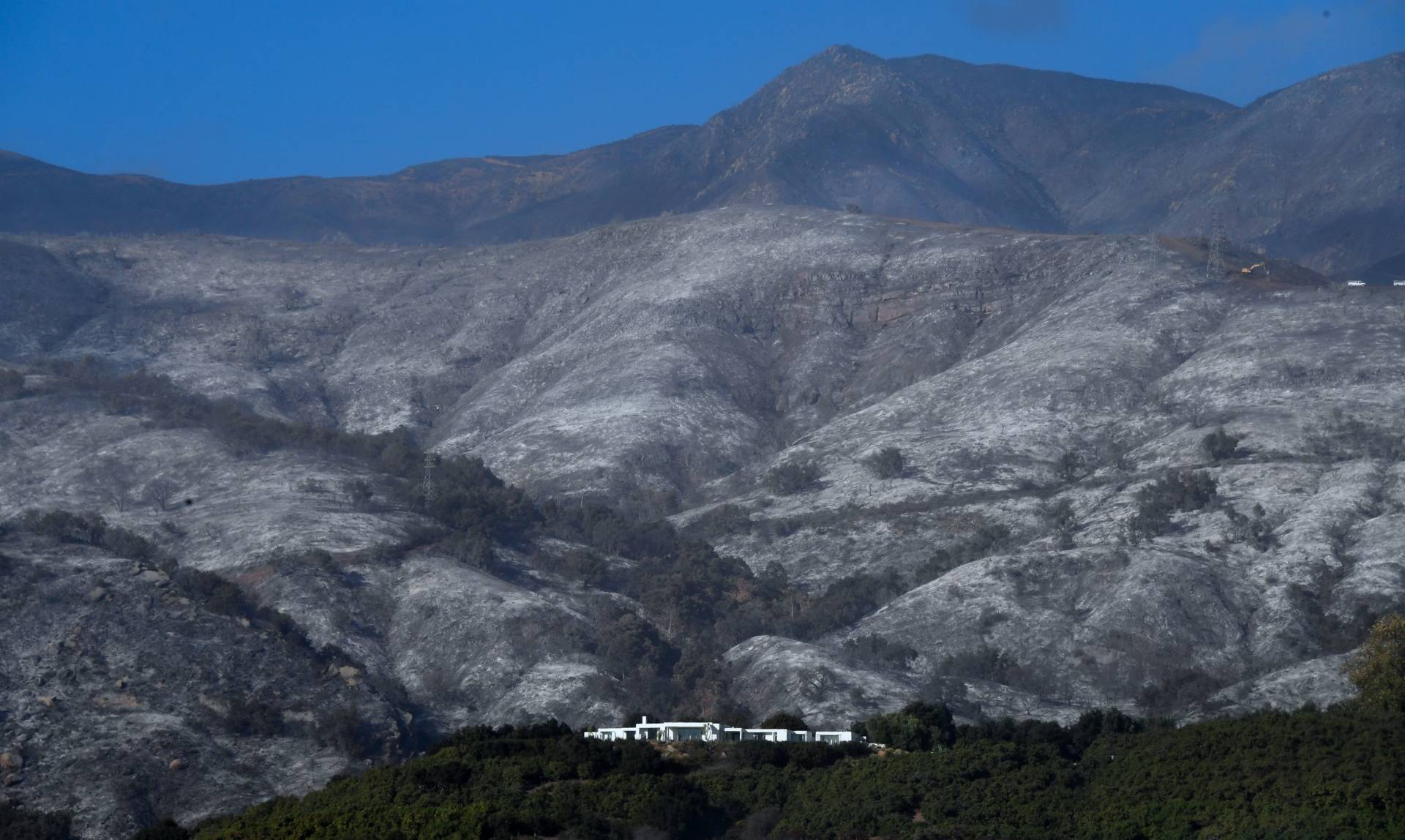The student teams, from multidisciplinary backgrounds, apply freewheeling design methods, tapping previously undiscovered creativity and draw on methods from engineering and design, and combine them with ideas from the arts, tools from the social sciences, and insights from the business world. Believing that they can and will make a difference, the students open their hearts and brains and remarkably, almost magically, their products take shape and work.
The Cast and Their Projects:
Extreme by Design follows one principal student from each of three teams. The physical, mental and emotional challenges each participant faces create a compelling narrative and teach them important lessons along the way.
- Pam, 29, a second-year MBA candidate whose team, Inspire, works to create a breathing device that helps prevent infant pneumonia deaths in Bangladesh. While their idea is successful, do they have what it takes to make the product commercially viable?
- Durell, 22, an engineering student and track star, whose team, FlexiTangki, devises ways to store drinking water for remote villages in Indonesia. The team must use modern science, but also embrace longstanding traditions held by the villagers they are there to help.
- Seth, 29, an Iraqi war veteran and first-year MBA candidate, whose team, Caregiver Medical, builds a low-operating-cost IV infusion device for use in developing countries. The device requires complex design, but the team has only one engineer.
Now in its tenth year, "Design for Extreme Affordability," taught by a multidisciplinary team of Stanford faculty that includes Jim Patell, Dave Beach, Stuart Coulson and Julian Gorodsky, has developed a global reputation for game-changing solutions to problems in the developing world. One nonprofit that came from the course, Embrace, makes an infant warming device that costs less than one percent of a traditional incubator. This device is positioned to save the lives of 100,000 premature babies in the next three years.
“I hope this film will inspire the next generation of social problem solvers,” stated Hawkview Pictures producer Ralph King, who also directed the film. “At a time when new ways of thinking about education are taking hold in American classrooms, Design Thinking can play a critical role in helping young people compete in the global economy and pursue careers in public service. The film is a showcase for what many people consider to be the crown jewel of 21st-century education. I’d like to expose it to a much larger community invested in education’s future.”
To co-produce the film, King enlisted Michael Schwarz and his team at Kikim Media, which has brought many notable projects to PBS (The Botany of Desire, the groundbreaking Muhammad: Legacy of a Prophet, and episodes for NOVA and Frontline, among other projects). “At Kikim Media, we say that a true story, honestly told, can change lives,” stated Schwarz. “Extreme by Design is our definition of that kind of story: it portrays teams of medical, engineering and business students who are designing low-cost products that address big world problems. And at its heart is the concept of Design Thinking, which has proven to be one of the most innovative and effective ways to solve a whole range of problems. So it seemed the perfect kind of project for us to take on.”
Education:
Complementing the film is a series of educational workshops and courses, some of which will be included in PBS LearningMedia, a national classroom-ready digital resource library. Stanford educators used parts of the film in a five-week MOOC (massive open online course) on Design Thinking held last summer for 45,000 registrants. Currently, a 10-week after-school enrichment program, “Creating Change That Matters,” under the auspices of Citizen Schools, is engaging middle-school student teams in tackling real-world problems at their schools. And a series of workshops, “Watch+Design,” for students and educators, serves as a mini-introduction to Design Thinking methods and helps to prepare participants to apply the process of innovation in post-workshop projects.
About the Filmmakers:
- Ralph King is an independent filmmaker and founder of Hawkview Pictures in Portola Valley, California. His producing credits include AROUND JUNE and, as co-producer, PRESQUE ISLE, narrative features that premiered at the Mill Valley Film Festival. Prior to filmmaking, King spent 25 years as a reporter for The Wall Street Journal and several national magazines. He was twice nominated for the Pulitzer Prize. One of these stories, a recipient of the California Governor’s Media Award, chronicled the human costs of a bank mega-merger. His other Pulitzer-nominated story examined the way a pharmaceutical company buried academic research to protect one of its top-selling drugs. For that effort, King won the National Association of Science Writers’ Science-in-Society Award. King is a graduate of Stanford University.
- Michael Schwarz is president of Kikim Media, a film production company in Menlo Park, California, which he runs along with his wife, Kiki Kapany, who oversees all productions. Prior to founding Kikim in 1996, Schwarz worked in public television for 20 years, first as an independent producer of such landmark films as Abortion Clinic and Living Below the Line, then as part of the senior management team at flagship station KQED, located in San Francisco. Schwarz’s honors include three national Emmy Awards and two Peabody Awards. His most recent film, The Botany of Desire, is a PBS documentary based on Michael Pollan’s best-selling book. For the last seven years, Kikim has also been producing a series of short videos about social entrepreneurs for the Skoll Foundation. Kikim is currently producing In Defense of Food—a documentary based on Michael Pollan’s book—and a three-hour history of Silicon Valley.
Credits, Funders and Watch+Design Information: www.extremebydesignmovie.com
Publicity & PR Contact:
Scott Walton
scott@scottwaltongroup.com
415.350.5195
About the d.school’s Extreme Class:
Now in its tenth year, ‘Design for Extreme Affordability’, the class that the film follows, has developed a global reputation for producing innovative solutions to the problems facing people in the developing world. About a quarter of the projects from the course go on to be implemented and impact peoples’ lives; alumni are game-changing social entrepreneurs.
Students have started companies from projects in the class as well as passed products and services back to partners for implementation. One non-profit that came from the course, Embrace, makes an infant warming device that costs less than 1% of a traditional incubator. This device is positioned to save the lives of 100,000 premature babies in the next three years. Some of the most impactful projects have been implemented by a long-time course partner, Proximity Designs, an irrigation-focused non-profit based in Myanmar, including treadle pump designs and water storage containers. Proximity’s products have directly impacted nearly 1/2 a million lives. Information on this and other course projects can be found at http://extreme.stanford.edu/projects/list.
About KQED:


